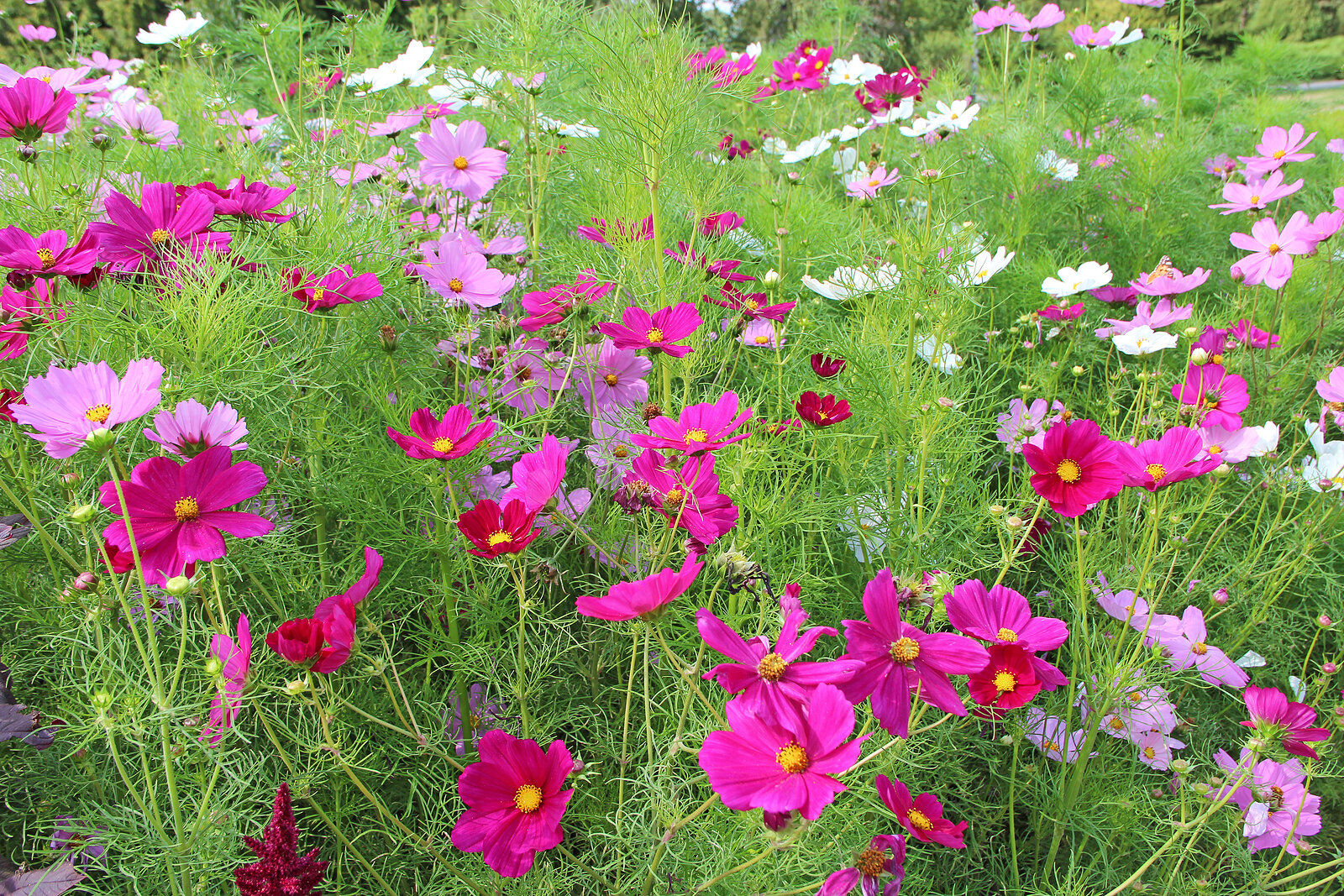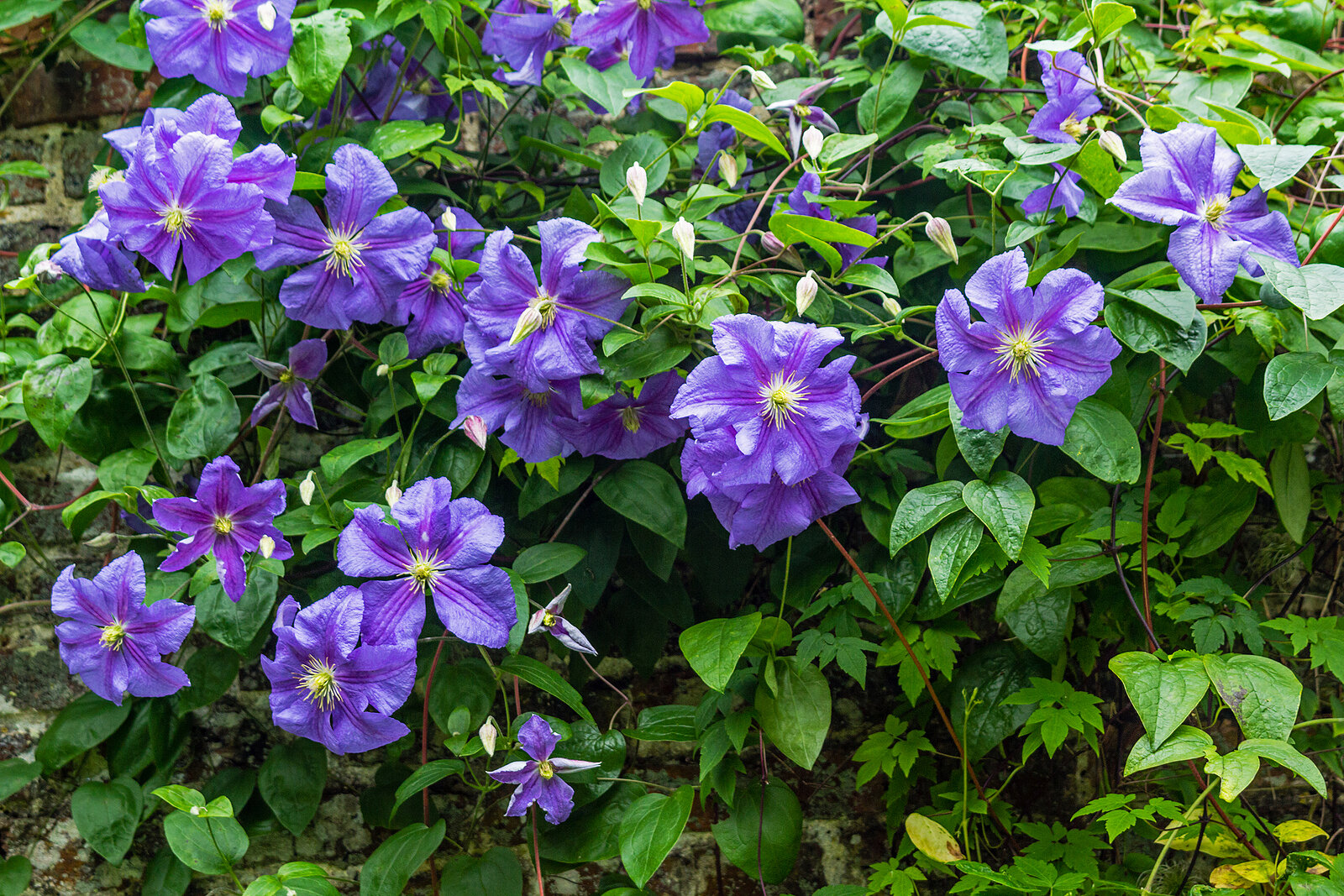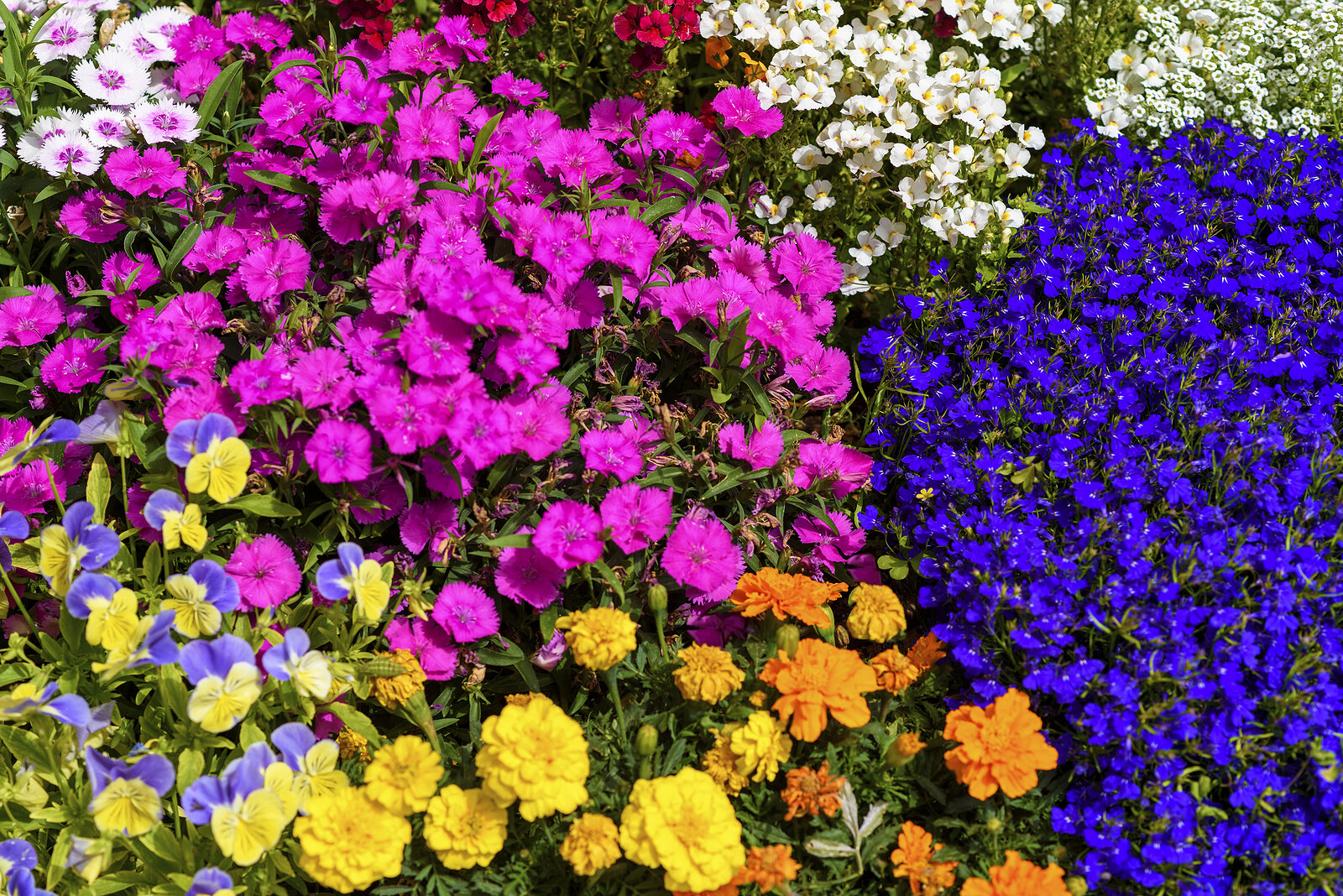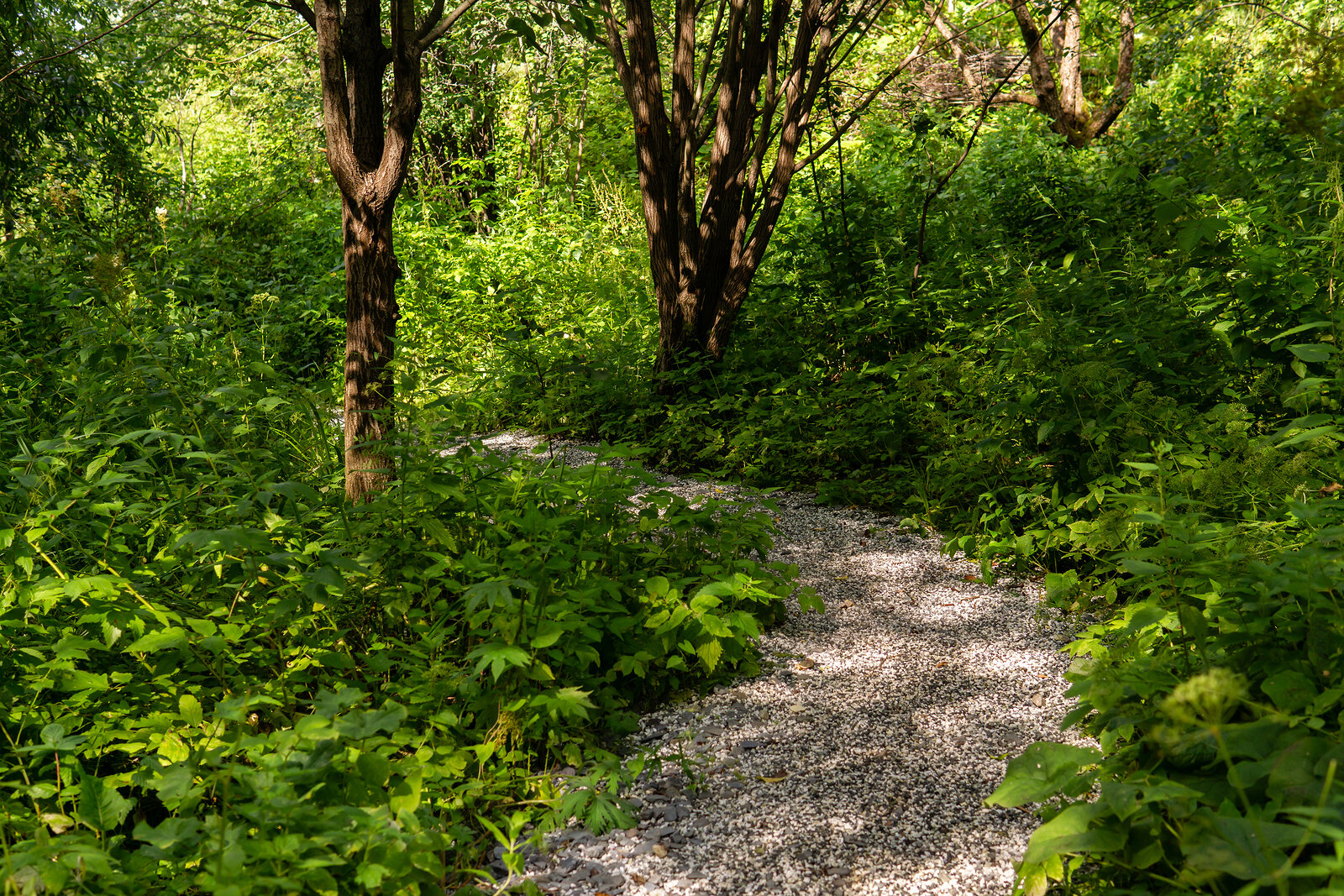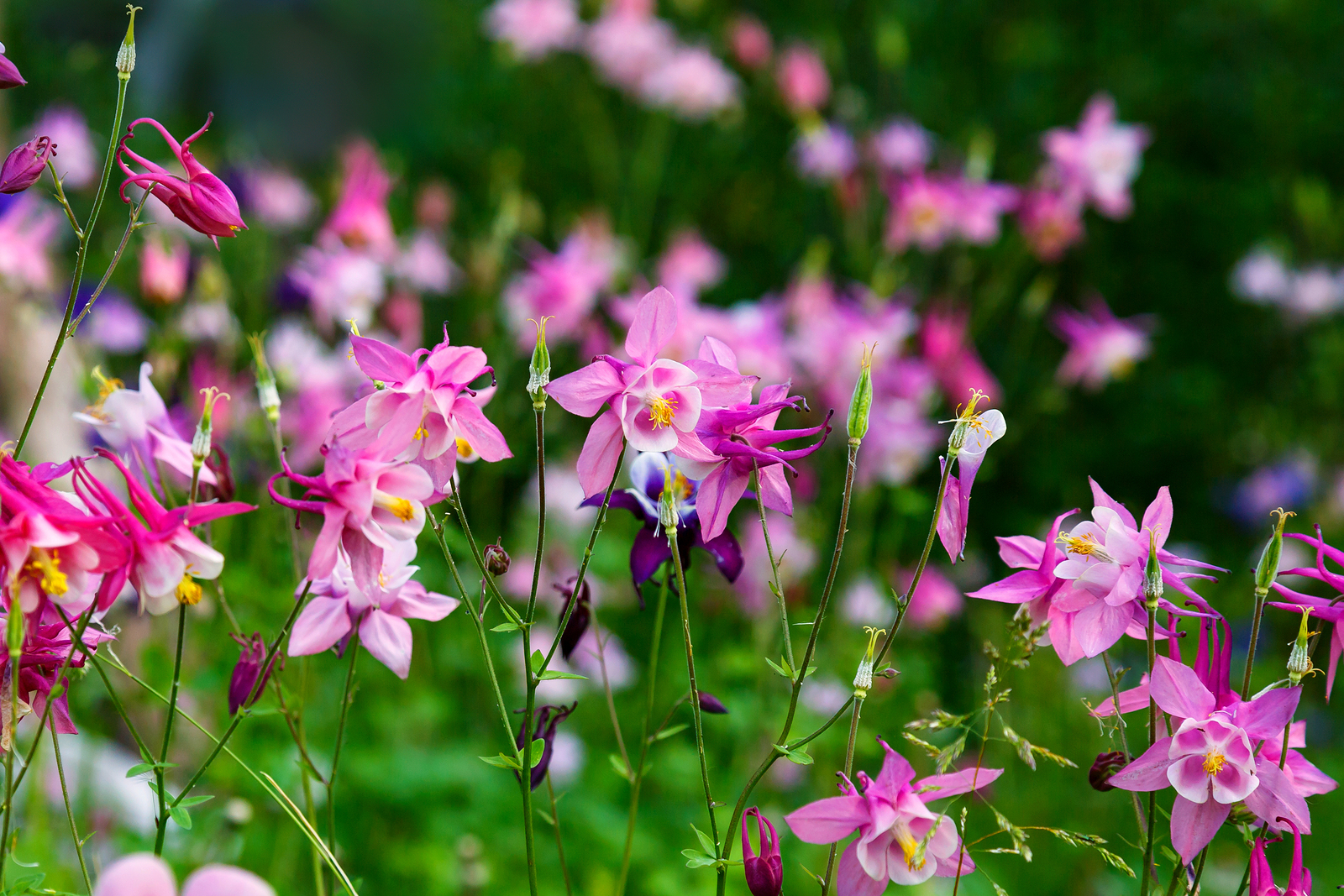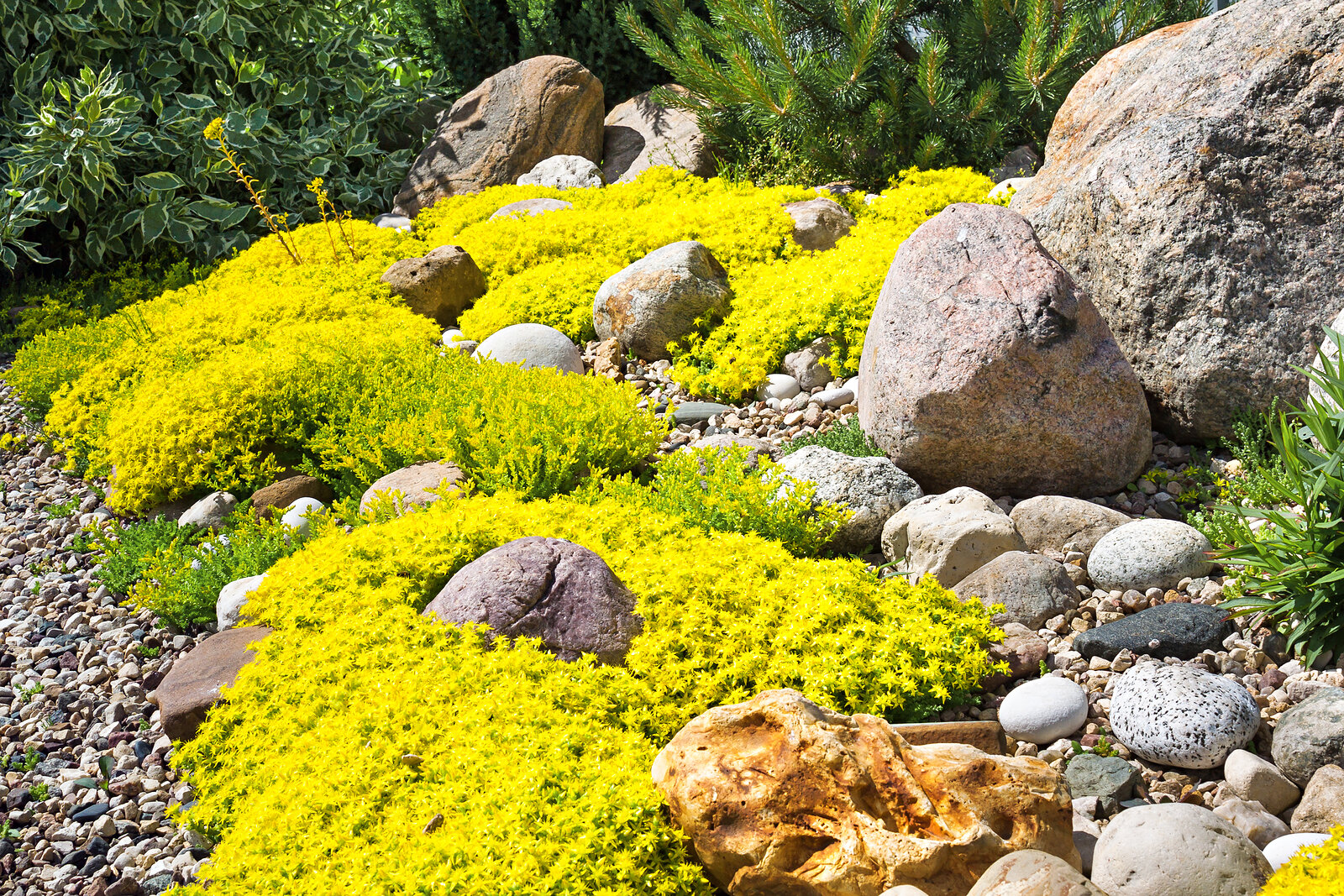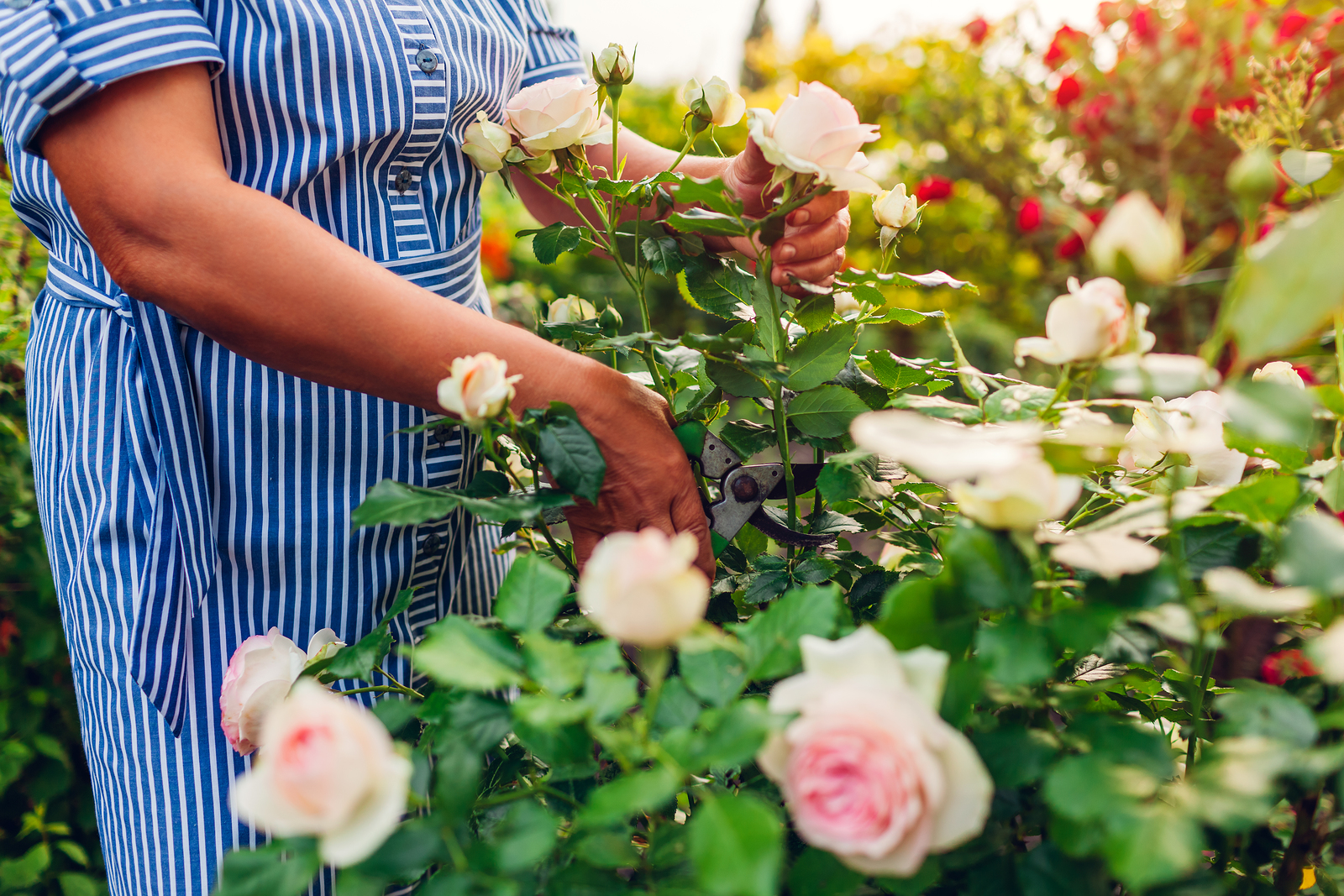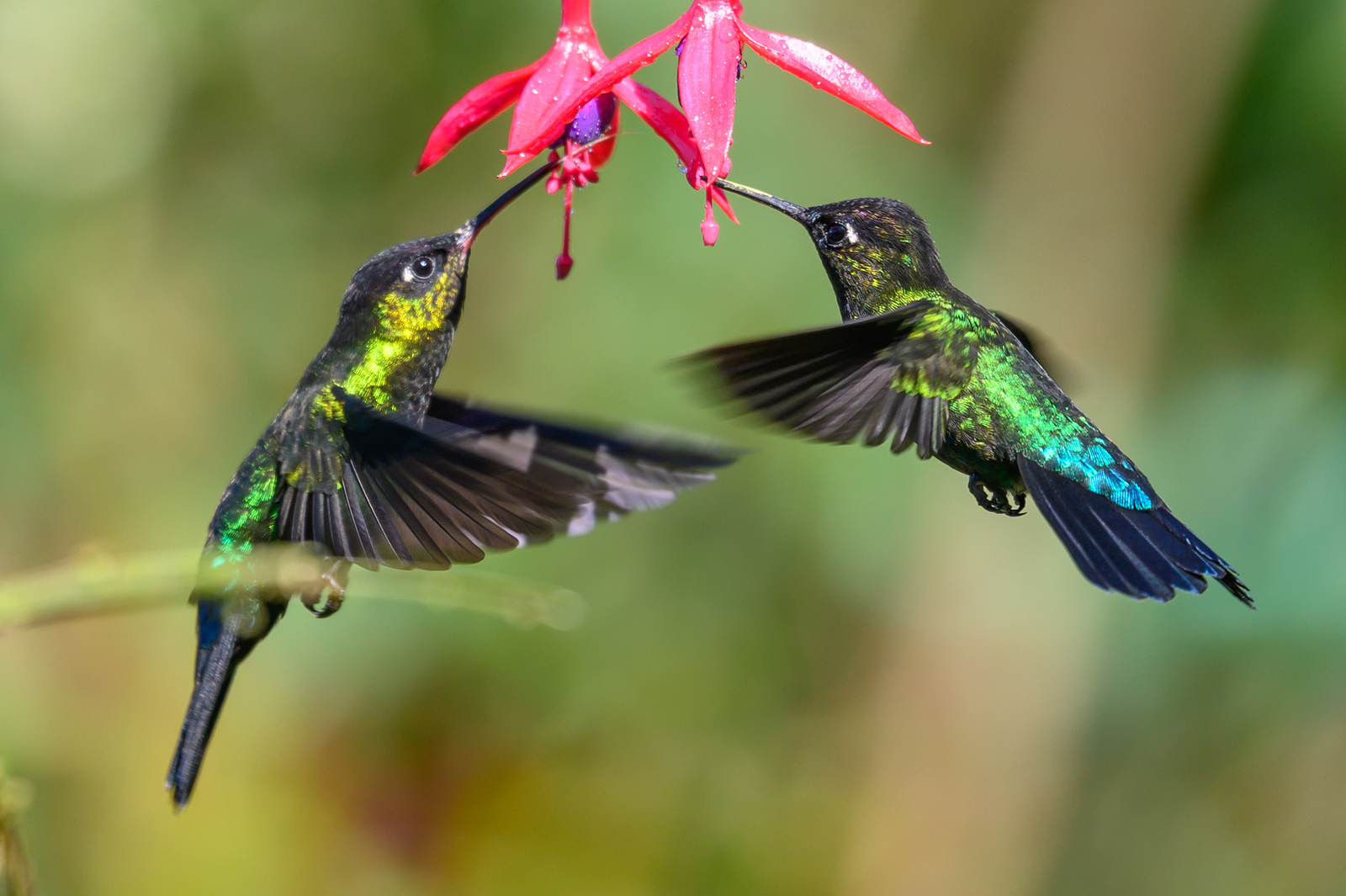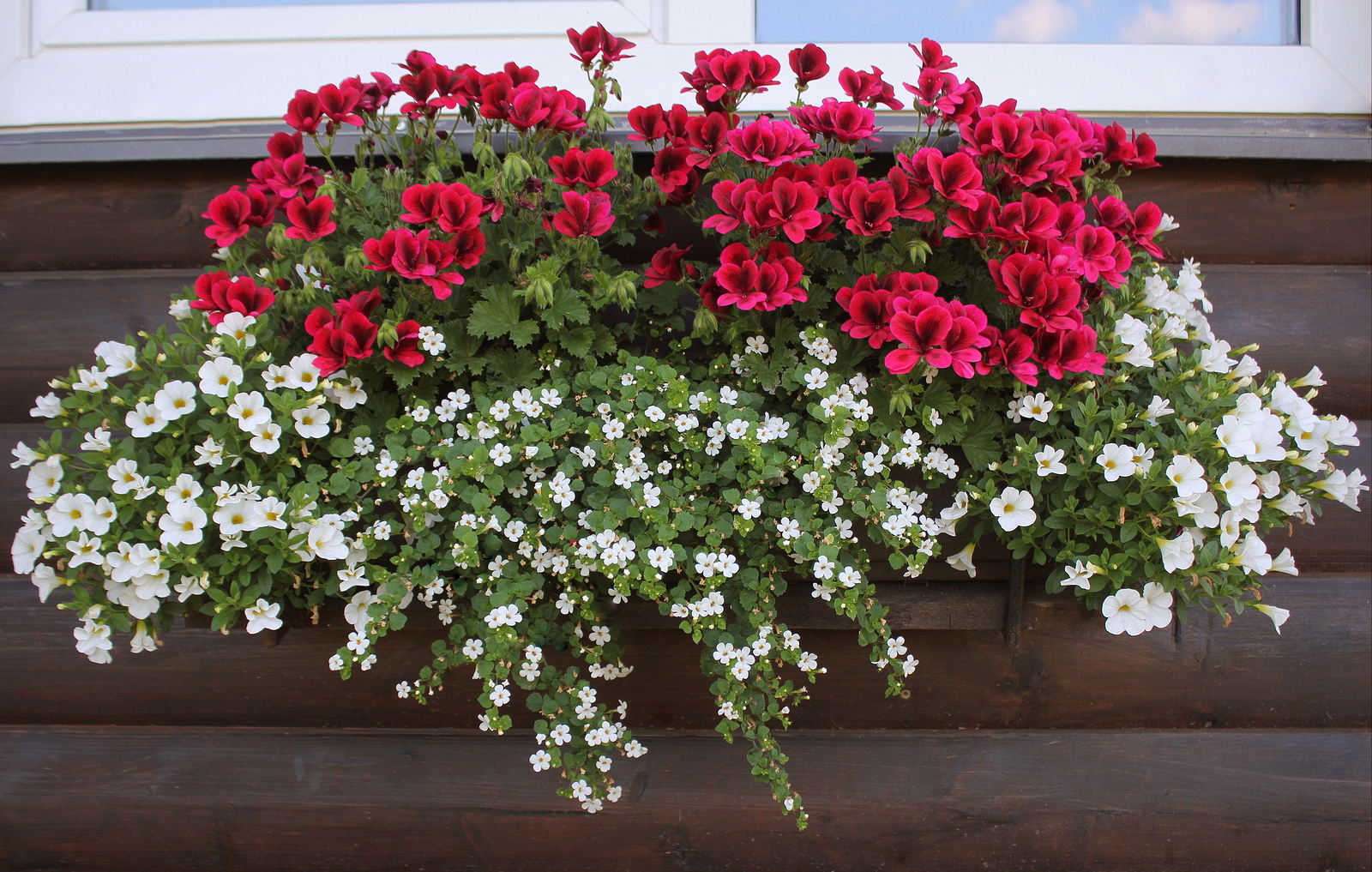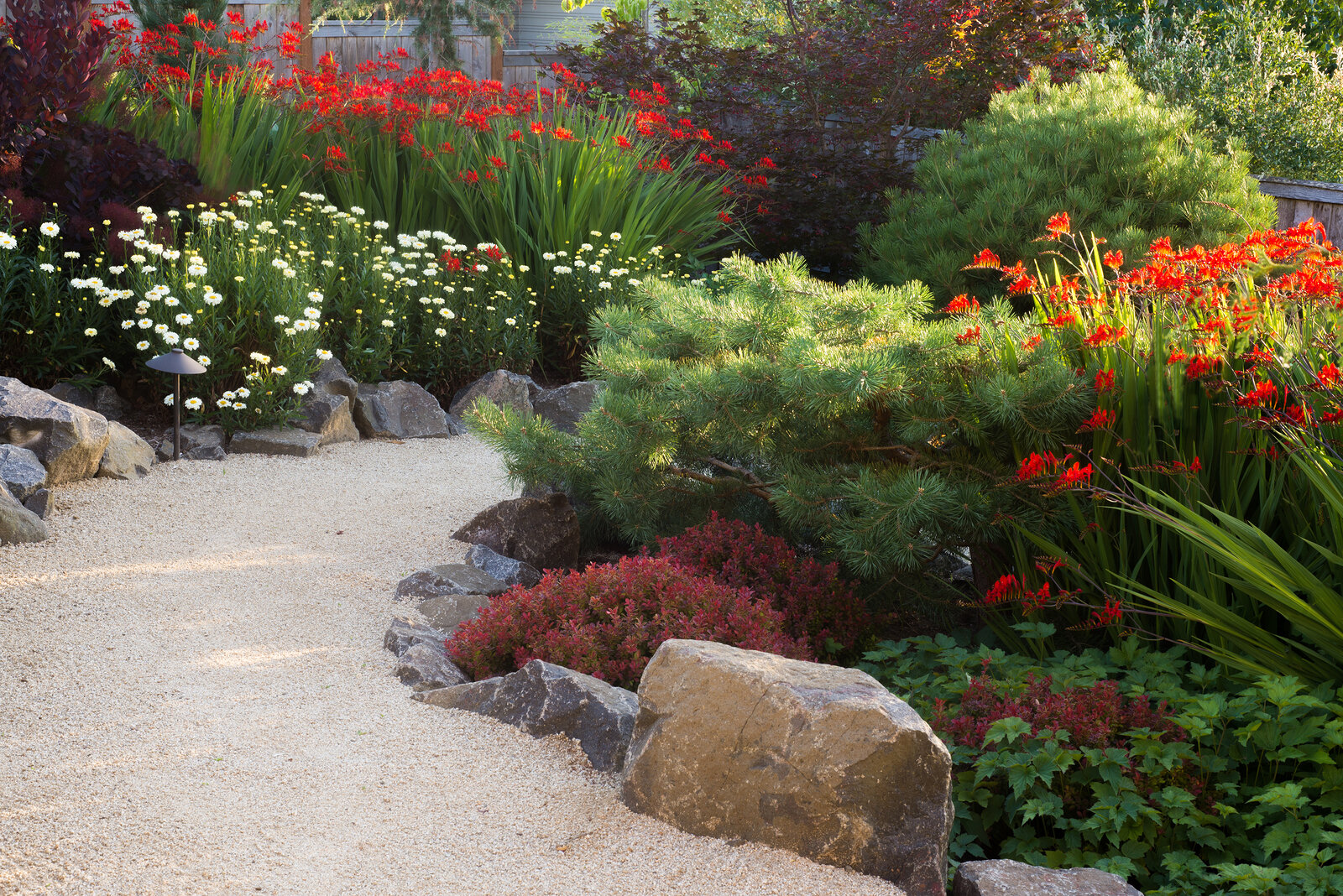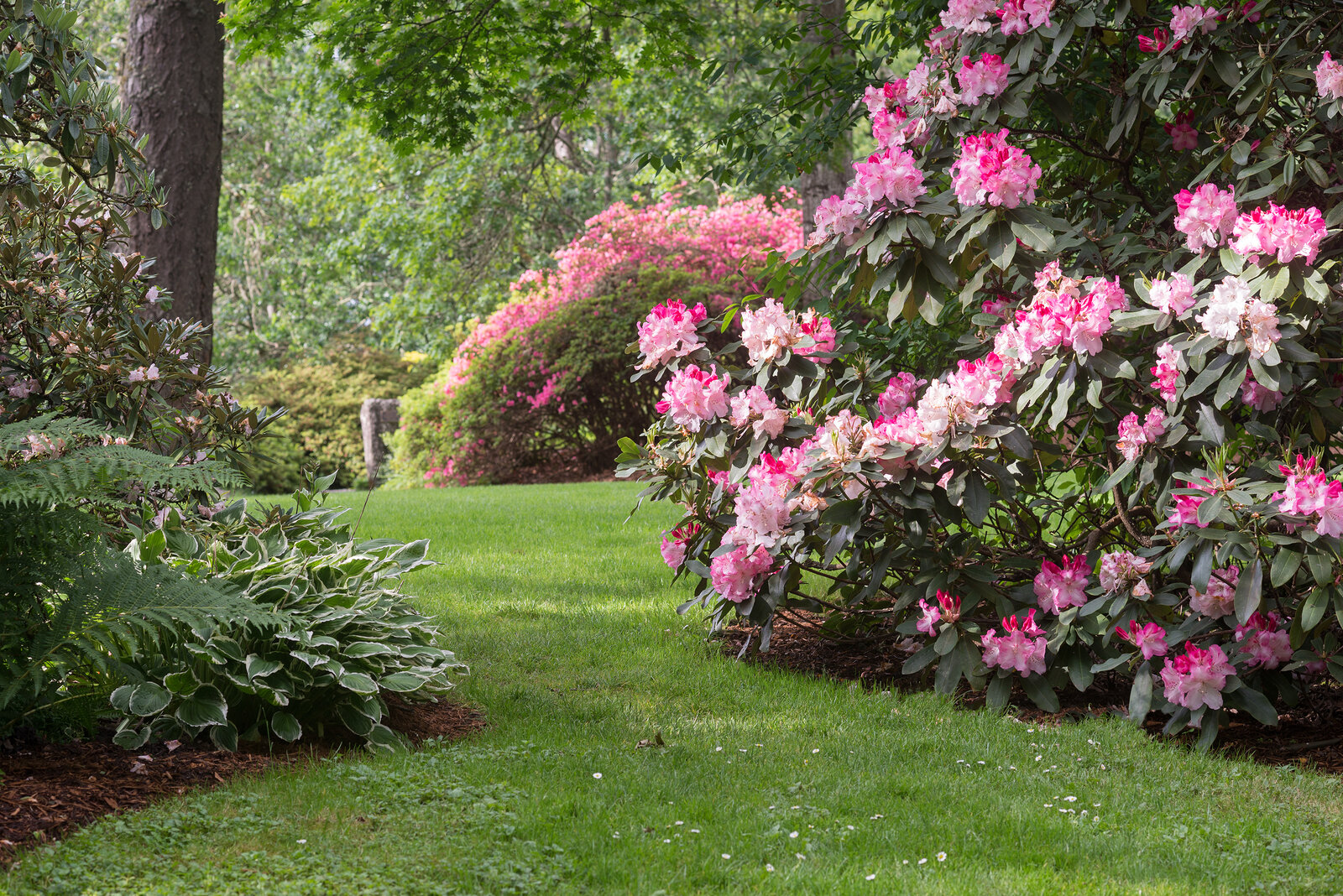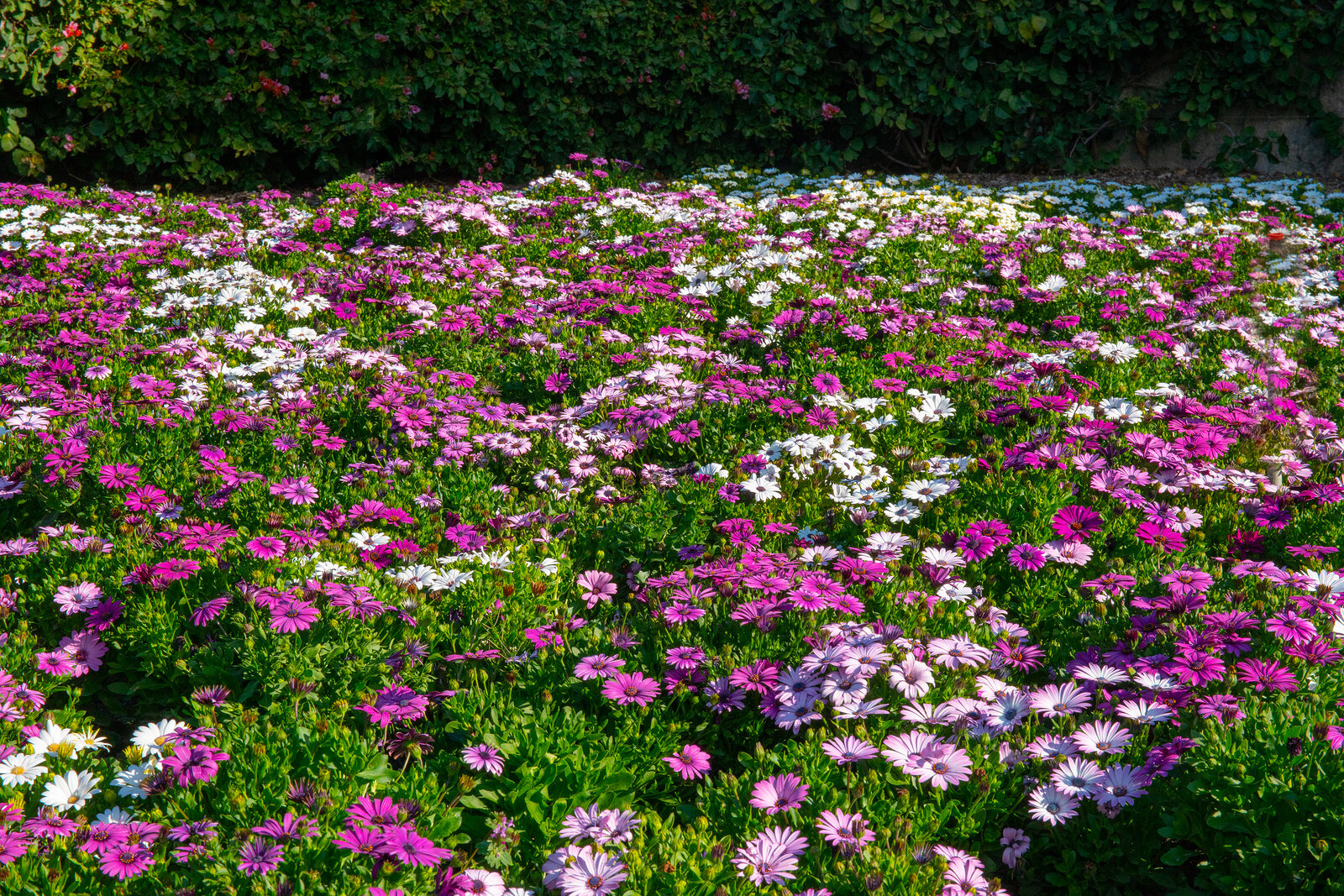Design
Latest stories
More stories
-
in Design, Gardening Tips, List, Vines
Climbing Plants for Clay Soil
There are climbing plants that can tolerate and grow in clay soil. Growing plants in clay soil is a challenge. Clay soil is slow to drain and dense. That makes it hard for plant roots to grow. Choosing plants that can tolerate clay soil is one way to work around the clay soil challenge. Some […] More
-
in Design
Garden Bedding and Bedding Plants
Bedding is a garden term used to denote the massing of plants for showy flower or foliage effects. Bedding is a style that is commonly formal and geometric in design. Many of the plants best suited to bedding are tender and their period of effectiveness comparatively short. Nonetheless, there are certain formal areas in parks […] More
-
Woodland Gardening
Woodland gardens are gardens or landscapes dominated by native or non-native trees and large shrubs. Woodland gardens often feature small shade-loving shrubs, herbaceous perennials, bulbs, and annuals below the tree canopy. As well, small clearings or glades can be created in woodland gardens. Shade-loving native plants are an excellent choice for a woodland garden. Non-natives […] More
-
Wildflower and Meadow Gardening
Wildflower and meadow gardens are very nearly the same. A wildflower garden is wholly planted with wildflowers. A meadow garden is planted with wildflowers and meadow grasses. Wildflower and meadow gardens continue to gain popularity because they are relatively easy to establish and require very little maintenance. Both are mostly comprised of native plants that […] More
-
Native Plant Gardening
Native plants are plants that are native to your region; that means they naturally thrive in your climate. Gardening with native plants is an easy solution to growing a garden; the plants in the garden want to grow where you live. Native plants are adapted to year-round high and low temperatures; they are adapted to […] More
-
Rock Gardening
Rock gardens commonly emulate naturally rocky sites and formations. They replicate the natural habitat or alpine plants and recreate the conditions in which they thrive. Rock gardens are usually situated on naturally sloping sites with good drainage. They often feature a series of rocky outcrops with wet but usually dry gullies running in between. Sunny […] More
-
Growing Flowers for Cutting
Nearly all flowers, twigs, berries, and leaves can be brought indoors and put in a vase for display. Some flowers, however, are easier to grow, cut, and display than others. You can plant flowers for cutting. You can even dedicate a bed or even a garden for cutting flowers. Flowers that are well suited for […] More
-
Flowers That Attract Birds and Butterflies
Songbirds, hummingbirds, and butterflies are easily attracted to your garden by flowering annuals, perennials, and shrubs. A variety of flowering plants will attract a variety of wildlife. Easy ways to attract birds and butterflies Here are simple ways to attract butterflies and birds to your garden: Flowering plants that attract butterflies and birds Here are […] More
-
Container Flower Gardening
Many annual and perennial flowers are well suited for growing in containers. Even some smaller shrubs and trees can be grown in containers. Bloom, foliage color, and form should be top considerations when choosing plants for growing in pots, window boxes, or other containers. Length of bloom and ability to withstand periodic and sometimes erratic […] More
-
Drought-Tolerant Gardens
Ample water is not a requirement for a beautiful garden. Water-conservation in the garden is very doable. Water-smart gardening can save time and money. A drought-tolerant garden makes the most of the water it gets. “Xeriscaping” is a term used for growing naturally drought-adapted plants using water-saving methods. A xeriscape does not need to look […] More
-
Shade Gardening
Some plants thrive in shade. You can still have a garden even if all you have is shade. Just know, plants that thrive in shade are not the same plants that thrive in sunlight. A shade garden is defined by the outlines of shadows cast by buildings, walls and fences, trees, and shrubs. Types of […] More
-
in Design, Groundcovers, Planting
Groundcovers in Garden Design
Groundcovers are low growing trailing or clumping plants, usually evergreen, that quickly join together to form a dense layer of leaves. Flowering groundcovers can be grouped together to form a sea of color. In design groundcover plants are often used to fill the foreground of a design. Planted as a mass groundcover plants cause a […] More


